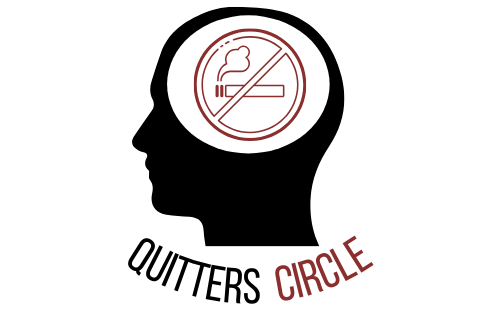A common theme among ex-smokers can be fidgety hands and the need to chew gum, toothpicks, or other foods. After potentially years of smoking, some quitters miss the sensation of a cigarette in their hands or between their teeth. We have a bunch of suggestions to help you deal with this adjustment.
Why do I feel the need to chew or bite after quitting?
Long story short, testimonials often reveal that smokers get used to having a cigarette in their mouths. Eventually, that habit—of picking up a cigarette and placing it between one’s lips—becomes a routine of comfort. Once cigarettes are removed from the picture, that desire to chew, bite or smoke often remains.
What do I do about it?
There are lots of suggestions for getting past the urge to place a cigarette between your lips. Instead, engage your mouth by chewing on:
- Sugarless gum
- Sugarless hard candies
- Sunflower seeds
- Natural licorice
- Pretzel sticks
- Flavored toothpicks
- Carrot and celery sticks
And what about my hands?

Great question! Many smokers also feel at a loss with what to do with their hands. The habit of moving one’s hand from cigarette to mouth is repeated so often that sometimes quitters feel the need to do something with their hands. Instead of grabbing a pack, try these alternatives:
- Hold a pen between your fingers
- Hold a cinnamon stick or peppermint stick between your fingers
- Knit
- Crochet
- Pick up a book
- Play with a rubber band or squeeze ball
Mindfulness and Meditation
One effective way to combat these urges is through mindfulness and meditation. By being present and aware of your feelings and urges, you can recognize them without acting on them. Meditation can help calm the mind, reduce stress, and provide a new routine to replace the old smoking habit.
Stay Hydrated

Drinking water can be a great way to keep your mouth and hands busy. Every time you feel the urge to smoke, take a sip of water. Not only will this help with the oral fixation, but it will also keep you hydrated, which is beneficial for overall health.
Engage in Physical Activity
Physical activity, whether it’s a short walk, a jog, or even a few minutes of stretching, can help distract the mind and body from the urge to smoke. It also releases endorphins, which are natural mood lifters.
Join a Support Group
Connecting with others who are going through the same journey can be incredibly beneficial. Sharing experiences, challenges, and successes can provide motivation and new strategies for coping. Plus, having a support system can make the process less isolating.

Try Artistic Outlets
Drawing, painting, or even adult coloring books can be therapeutic and provide a distraction for both the hands and the mind. These activities can be both relaxing and fulfilling, offering a sense of accomplishment.
Journaling
Writing down your feelings, challenges, and successes can be a great way to process your emotions and track your progress. Every time you feel the urge to smoke, write about it. Over time, you’ll notice patterns and triggers, which can help you develop strategies to avoid or cope with them.
Final Thoughts
Remember, quitting smoking is a journey, and everyone’s experience is unique. It’s okay to have setbacks, but it’s essential to keep pushing forward. Celebrate your milestones, no matter how small, and know that with each passing day, you’re taking a step towards a healthier, smoke-free life.

